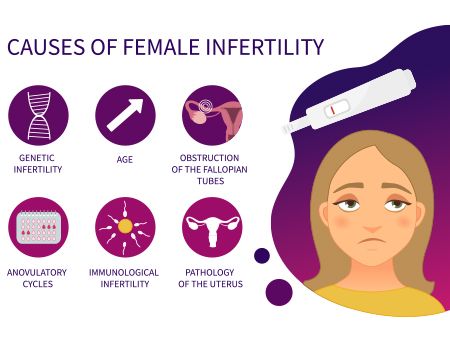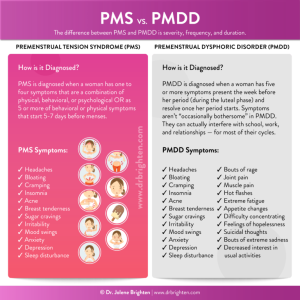The impact of environmental factors on fertility in women

In recent years, researchers have started to unravel the complex relationship between environmental factors and fertility in women. As our world advances, so do the potential risks posed by our surroundings. From air pollution to chemical exposure, these factors have shown significant effects on women’s reproductive health. This article aims to explore the impact of environmental factors on fertility, shedding light on the emerging field of environmental reproductive health.
I. Air Pollution and Fertility:
A. The Detrimental Effects of Particulate Matter (PM):
Air pollution, specifically particulate matter (PM), has been identified as a major contributor to reproductive complications in women. Studies have indicated that increased PM levels are associated with greater risks of infertility, irregular menstrual cycles, and reduced ovarian reserve. The fine particles present in polluted air infiltrate the female reproductive organs, triggering inflammation and oxidative stress, ultimately impacting fertility.
B. The Role of Endocrine Disrupting Chemicals (EDCs) in Air Pollution:
EDCs are chemicals commonly found in the air and environment, such as phthalates and polychlorinated biphenyls (PCBs), which can mimic or interfere with hormonal actions in the body. These compounds have been linked to disruptions in reproductive processes, leading to infertility, menstrual irregularities, and reduced fecundity. The combination of high PM levels and EDC exposure can pose a significant challenge to women’s reproductive health.
II. Chemical Exposure and Fertility:
A. Pesticides and Their Effects on Female Fertility:
Pesticides, which are extensively used in agricultural practices worldwide, have raised concerns regarding their impact on female fertility. Multiple studies have established a connection between pesticide exposure and adverse reproductive outcomes, including increased rates of miscarriage, infertility, and hormonal imbalances. These chemicals can disrupt the delicate balance of hormones necessary for ovulation and successful conception.
B. The Influence of Heavy Metals:
High levels of heavy metals, such as lead, cadmium, and mercury, have been associated with decreased fertility in women. These toxic metals can accumulate in the body over time, affecting reproductive organs and hormone production. Lead exposure, for example, has been linked to diminished ovarian reserve and prolonged time-to-pregnancy. Minimizing exposure to heavy metals is crucial for preserving reproductive health.
III. Lifestyle Factors and Fertility:
A. Diet and Nutritional Impact on Fertility:
The food we consume plays a crucial role in maintaining optimal reproductive health. A diet rich in antioxidants, vitamins, and minerals has been associated with improved fertility outcomes. Conversely, the consumption of processed foods, excessive caffeine, and alcohol has been linked to decreased fertility in women. A well-balanced diet, supported by appropriate supplementation, can positively influence a woman’s chances of conception.
B. Stress and Its Influence on Reproductive Health:
High levels of stress can profoundly impact a woman’s fertility. Chronic stress can disrupt the delicate balance of reproductive hormones, leading to irregular menstrual cycles, anovulation, and decreased chances of conception. Prioritizing stress management techniques, such as exercise, meditation, and seeking emotional support, can help mitigate these effects and improve fertility rates.
Conclusion:
The impact of environmental factors on fertility in women is an area of research that demands increased attention. Air pollution, chemical exposure, and lifestyle choices can significantly affect reproductive health. Acknowledging these risks and implementing evidence-based strategies to minimize them is essential for couples hoping to conceive. By understanding the intricate relationship between our environment and fertility, we can pave the way for accessible and healthier reproductive journeys for women everywhere.






